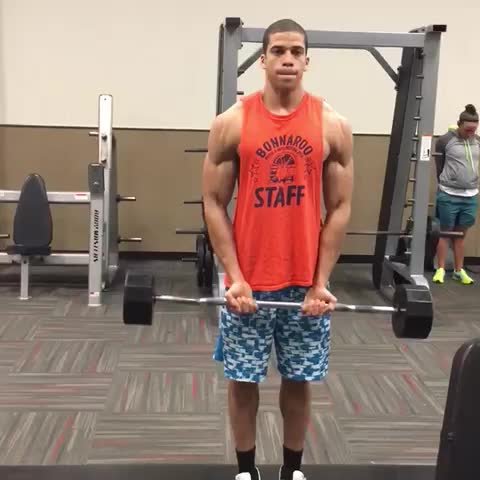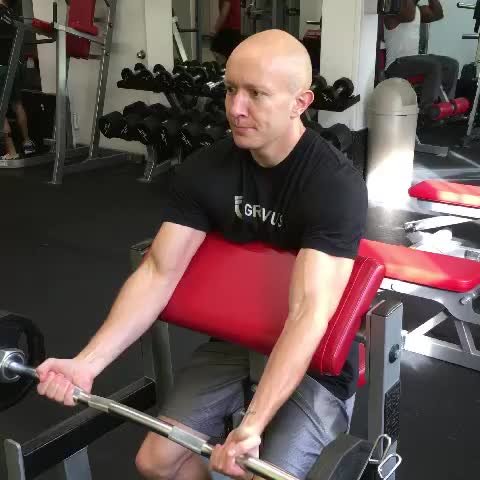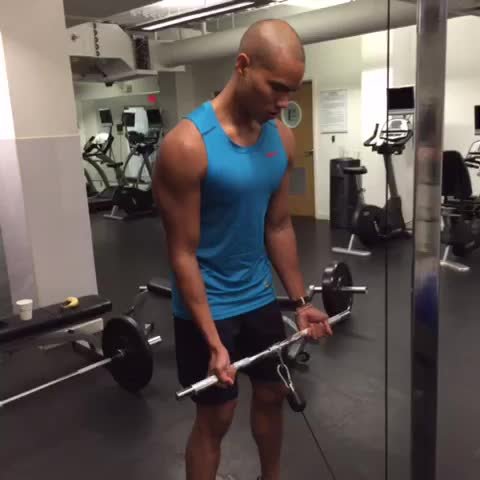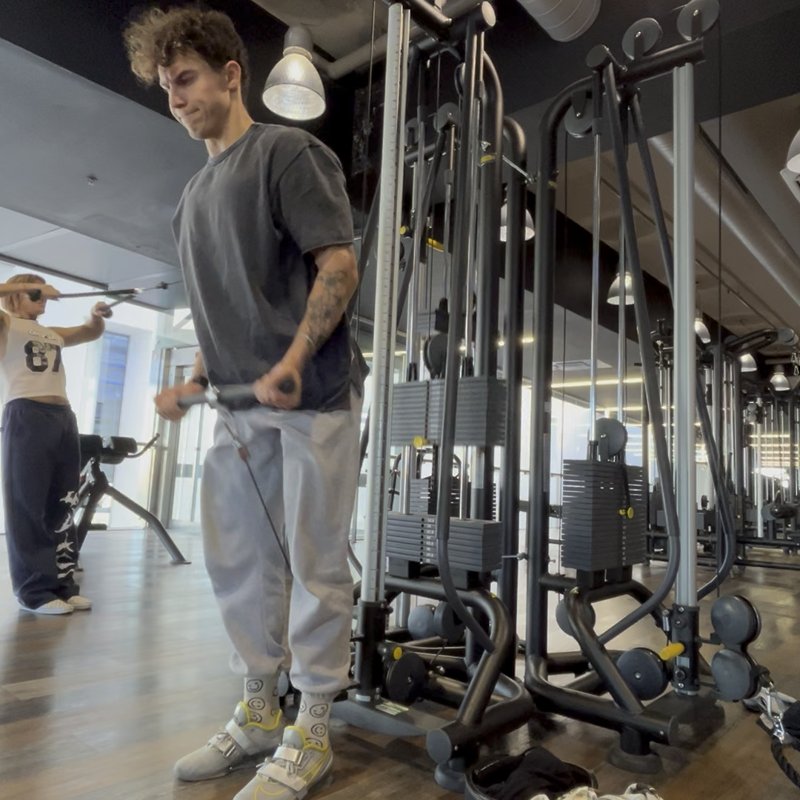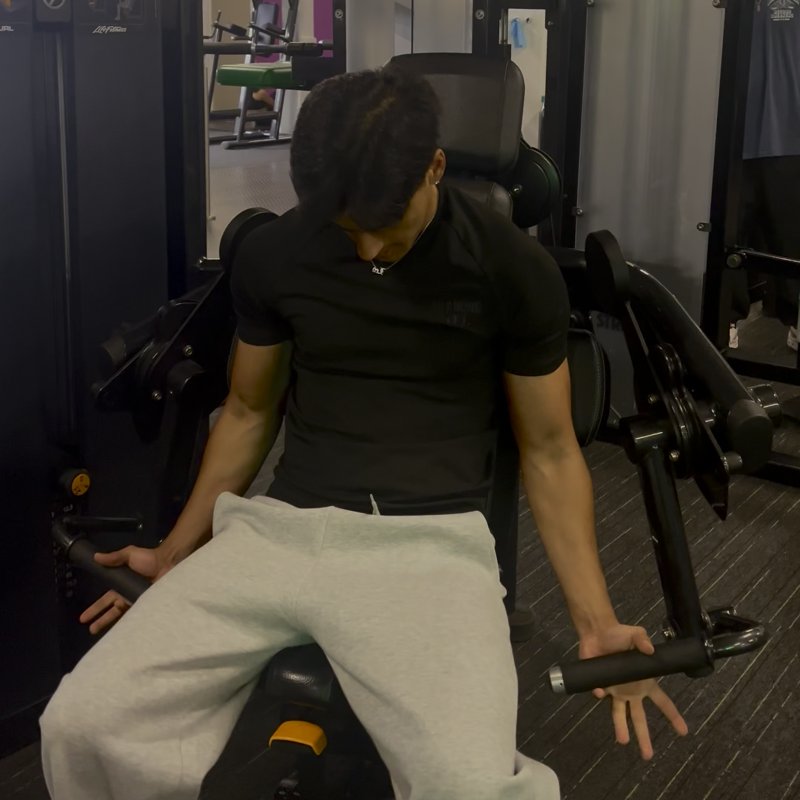Barbell Curl: The Ultimate Guide
The Barbell Curl is a fundamental strength exercise that directly targets the biceps brachii muscles using a weighted barbell, helping to build arm strength, size, and definition.
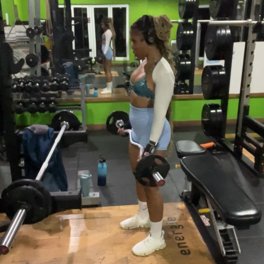
Quick Facts
Key Benefit
Biceps strength and development
Primary Muscles
Biceps, Brachialis
Secondary Muscles
Abdominals, Anterior Deltoids, Forearms, Traps
Equipment
barbell
Difficulty
Beginner
Type
Strength
In This Guide
Ready to master the Barbell Curl?
Track your progress, see improvements over time, and build strength consistently.
Download GravitusThe Barbell Curl is one of the most foundational and effective exercises for developing biceps strength and size. This classic movement has stood the test of time as a staple in arm training programs for everyone from beginners to advanced athletes. What makes the barbell curl particularly valuable is its simplicity and efficiency. By using a single implement with a fixed hand position, you can apply direct, heavy resistance to both biceps simultaneously. This allows for substantial progressive overload - a key factor in muscle development. Unlike dumbbell variations that require stabilizing each weight independently, the barbell version lets you focus purely on the curling motion, often enabling you to use heavier total loads for greater strength stimulus. The fixed hand position also ensures both arms work equally, helping to prevent or address strength imbalances. While primarily targeting the biceps brachii, the barbell curl also engages the brachialis (underneath the biceps) and brachioradialis (upper forearm), along with various forearm flexors. This comprehensive arm development translates not just to aesthetic improvements but also to enhanced performance in pulling movements like rows and pull-ups. Whether your goal is to build impressive arms, increase pulling strength, or simply develop functional upper body capability, the barbell curl deserves a prominent place in your training program.
Benefits of Barbell Curls
The barbell curl offers several distinct advantages for arm development.
Bilateral Strength Development
Works both arms simultaneously with the same fixed hand position, promoting balanced biceps development and preventing strength imbalances.
Progressive Overload Potential
Allows for consistent, measurable weight increases in smaller increments than dumbbells, facilitating long-term strength progression.
Compound Strength Carryover
Increases pulling strength that transfers to compound movements like rows, pull-ups, and deadlifts by strengthening the elbow flexors.
Time Efficiency
Trains both arms simultaneously in a simple movement pattern, making it an efficient exercise for arm development in time-constrained workouts.
Customizable Resistance
Can be performed with fixed barbells for beginners or Olympic bars with adjustable weights for more advanced lifters as strength increases.
Proper Form & Technique
Starting Position
- Stand with feet shoulder-width apart for a stable base.
- Grasp the barbell with an underhand grip (palms facing up), hands positioned at shoulder-width apart.
- Allow the barbell to rest against your thighs with arms fully extended.
- Keep your chest up, shoulders back, and spine in a neutral position.
- Slightly bend your knees to reduce stress on the lower back.
- Engage your core to stabilize your torso throughout the movement.
Movement
- Keeping your upper arms stationary against your sides, exhale as you curl the barbell upward by flexing at the elbows.
- Focus on contracting the biceps to execute the movement, avoiding the use of momentum.
- Continue curling until the barbell reaches approximately shoulder level and your biceps are fully contracted.
- Hold the contracted position briefly, focusing on squeezing the biceps.
- Inhale as you slowly lower the barbell back to the starting position with control, fully extending the arms.
- Maintain tension on the biceps throughout the lowering phase, avoiding completely relaxing at the bottom.
- Repeat for the desired number of repetitions, maintaining proper form throughout.
Key Form Tips
Elbow Position
Keep your elbows fixed at your sides throughout the movement - avoid letting them drift forward or backward.
Wrist Alignment
Maintain straight wrists during the curl, avoiding excessive flexion or extension that can strain the wrist joints.
Body Stability
Minimize body sway or backward leaning, which reduces biceps engagement by using momentum or shifting focus to the front deltoids.
Control
Focus on a smooth, controlled movement, particularly during the lowering (eccentric) phase, which is valuable for muscle development.
Full Range of Motion
Allow for complete extension at the bottom and full contraction at the top for maximum biceps development.
Muscles Worked
Primary Muscles
- biceps: The two-headed muscle on the front of the upper arm, responsible for elbow flexion and forearm supination, is the primary target of this exercise.
- brachialis: Located beneath the biceps, this muscle also contributes significantly to elbow flexion and is developed through the curling motion.
Secondary Muscles
- anterior deltoids: The front shoulder muscles provide some assistance in the curling movement, particularly if there is slight forward movement of the elbows.
- forearms: Various muscles in the forearm that help control the wrist position and grip the barbell throughout the exercise.
- abdominals: The abdominals, obliques, and lower back work isometrically to stabilize the torso during the movement.
- traps: Upper back muscles that assist in stabilizing the shoulder girdle during the exercise.
Common Mistakes and How to Fix Them
Using Excessive Body Momentum
Swinging the torso or using hip thrust to lift the weight reduces biceps engagement. Focus on keeping your torso stable and using only your biceps to move the weight. If you cannot curl the barbell without swinging, reduce the weight until proper form can be maintained.
Moving the Elbows Forward
Allowing elbows to drift forward during the curl shifts emphasis away from the biceps. Pin your upper arms against your sides throughout the movement, imagining your elbows are glued to your ribs to maintain proper positioning.
Incomplete Range of Motion
Not lowering the weight fully or not curling to complete contraction limits development. Ensure you start with arms almost completely straight (maintaining slight tension) and curl until your biceps are fully contracted, without compromising form.
Improper Wrist Position
Excessive wrist flexion or extension during the movement can cause strain and reduce effectiveness. Maintain a neutral wrist position relative to your forearm throughout the curl, as if your hands and forearms form a straight line.
Flaring Elbows Outward
Allowing elbows to move outward turns the exercise into more of a brachialis movement than a biceps focus. Keep your elbows pointing directly down toward the floor throughout the entire curling motion.
Barbell Curl Variations
Grip Variations
-
Wide Grip Barbell Curl
Using a grip wider than shoulder width to place greater emphasis on the short (inner) head of the biceps.
-
Barbell Biceps Curl Close Grip
Taking a narrower than shoulder-width grip to target the long (outer) head of the biceps more intensely.
-
EZ Bar Curl
Using an EZ curl bar with angled grip positions, which may be more comfortable for some lifters and places slightly different emphasis on the biceps.
Technique Variations
-
Preacher Curl
Performed with the arms supported on a preacher bench to eliminate momentum and isolate the biceps more completely.
-
Reverse Barbell Curl
Using an overhand (pronated) grip to shift emphasis to the brachioradialis and brachialis while still working the biceps.
-
Barbell Curl 21S
A specialized technique performing 7 partial reps in the lower half of the movement, 7 in the upper half, and 7 full range repetitions.
Frequently Asked Questions
The appropriate weight varies significantly based on individual factors like training experience, body size, and genetic predisposition. As a general starting point, most beginners can begin with 20-30 pounds (often using a fixed-weight bar), intermediate lifters might work with 30-60 pounds, and advanced lifters might use 60-100+ pounds for strict form barbell curls. However, proper form should always take precedence over weight selection. You should select a weight that allows you to complete your target repetitions (typically 8-12 for hypertrophy) with good form, without excessive body sway or momentum. If your technique breaks down before reaching your target reps, reduce the weight. Consistency and gradual progression are more important than absolute weight lifted.
Neither is universally "better" - they each have distinct advantages and complement each other well. Barbell curls allow you to lift heavier total loads, ensure bilateral symmetry, and are excellent for raw strength development. Dumbbell curls permit a greater range of motion, allow for independent arm training to address imbalances, and may create better peak contraction for some lifters. Ideally, a complete biceps development program would include both variations at different points in your training cycle. If forced to choose one, consider your specific needs - prioritize barbell curls for pure strength or time efficiency, and dumbbell curls for range of motion or addressing significant strength imbalances between arms.
For most people, directly training biceps with exercises like barbell curls 2-3 times per week provides optimal results. The biceps are relatively small muscles that recover more quickly than larger muscle groups, allowing for more frequent training. If you perform substantial pulling exercises (rows, pull-ups, etc.) that indirectly work the biceps, you might limit direct biceps work to 1-2 dedicated sessions weekly. For specialization phases where arm development is a priority, you might include barbell curls up to 3 times weekly with varied intensities and rep ranges. As with any training frequency recommendation, individual recovery capacity, overall program volume, and training goals should inform your approach.
Training biceps directly with barbell curls every day is generally not recommended for most people. While the biceps recover relatively quickly compared to larger muscle groups, they still benefit from at least 48 hours of recovery between intensive training sessions. Daily training of the same movement pattern with significant resistance can potentially lead to overuse injuries, tendinitis, and diminished returns due to accumulated fatigue. For exceptional circumstances like targeted specialization phases (typically limited to 2-4 weeks), daily training with carefully managed volume and intensity might be implemented by advanced lifters. However, for sustainable long-term progress, most trainees will see better results with 2-3 weekly biceps sessions with appropriate recovery periods between workouts.
Video Demonstrations
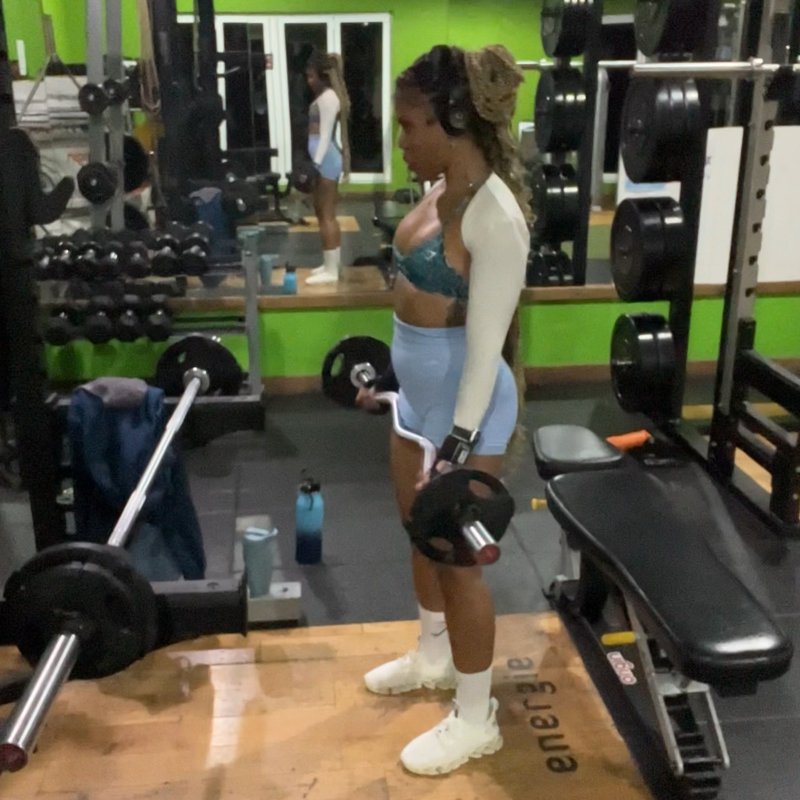
Log in to watch video demonstrations
Login to Watch3 video demonstrations available
Find more video demonstrations in the Gravitus app
Tips from the Community
-

Use the EZ bar, straight bar hurts my wrist like crazy! Every great bodybuilder uses this Movement at one point or another. A little momentum can help according to studies, as long as it’s not excessive have at it mates!
-

"Stand holding a barbell with a shoulder-width grip, your arms extended toward the floor and your knees slightly bent. Keeping your torso erect (don't lean back while lifting the weight), contract your biceps to curl the weight up. Make sure your elbows remain at your sides throughout--don't let them flare out or lift up. Slowly lower the weight to the start position."
-

If you want to make sure you’re not cheating in your reps find a wall to lean your back against which takes out the swinging motion
-

I do them on my knees so I dont cheat by creating momentum with my core
Track your progress with Gravitus
Download Gravitus to log your workouts, track your progress, and join a community of fitness enthusiasts.

Helpful Resources
One Rep Max Calculator
Find your one rep max for any exercise without maximal testing. Essential for developing effective strength training programs.
Calculate 1RMWorkout Programs
Follow structured workout programs created by fitness professionals to maximize your strength and muscle gains.
View Programs
